On September 27, in Hanoi, the Traffic Project "Protecting Endangered Wildlife" funded by the Ministry of Agriculture and Rural Development and the United States Agency for International Development (USAID) launched a new set of communication images aimed at reducing the demand for illegal wildlife consumption.
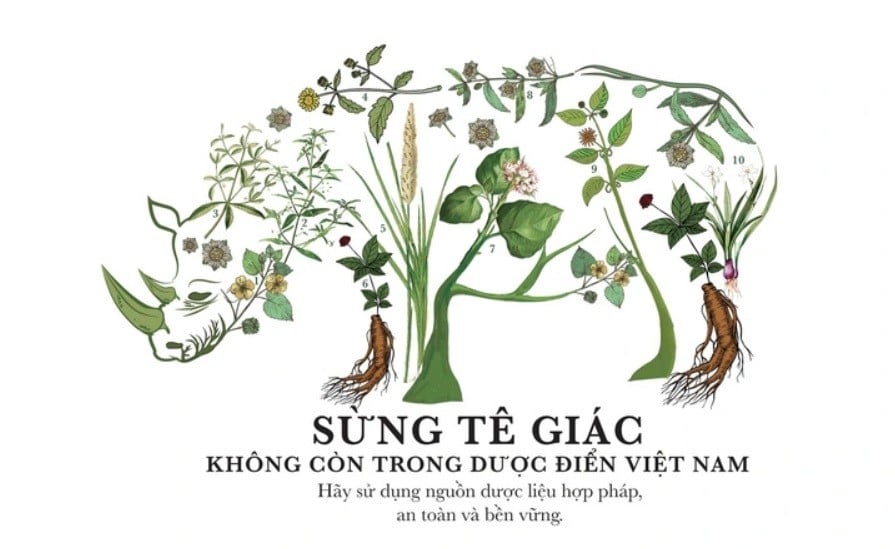 |
| Media images reduce demand for illegal wildlife products. (Source: BTC) |
To help control and prevent the increasing illegal wildlife trade that can lead to the extinction of wild species, the “Protecting Endangered Wildlife” project funded by the United States Agency for International Development for the Ministry of Agriculture and Rural Development aims to reduce the demand for illegal wildlife products through influencing and changing consumer behavior.
In 2022, the project conducted a consumer survey to identify target user groups, understand consumer perceptions, attitudes and behaviors to propose behavioral change solutions, for example through appropriate communication messages and images.
According to the results of a recent survey on wildlife and biodiversity conservation activities, although people's awareness has improved, there is still a demand for products from wild animals such as rhinos, elephants, pangolins, tortoises and freshwater turtles.
To reduce demand for illegal wildlife products in Vietnam, the “Save Endangered Wildlife” project has introduced a set of creative messages and images aimed at changing consumer behavior. These communication materials are designed to target specific target groups of users, namely traditional medicine practitioners.
Accordingly, the project encourages traditional medicine practitioners to continue to promote the use of legal, safe and sustainable medicinal herbs, and encourages individuals to improve their health through physical exercise to demonstrate their strength through physical activity instead of using products from rare wildlife. From this group of subjects, the project moves towards promoting social mobilization with children and State agencies.
In addition, for tourists or children, the endangered wildlife protection project will also communicate so that people say no to illegal wildlife products.
The project's Organizing Committee hopes that the project's images and messages will be spread through social networks, communicated to target audiences through outdoor displays at high traffic density locations, interactive events and initiatives in conjunction with partners, including departments, agencies, organizations and Tourism Associations as well as traditional medicine.
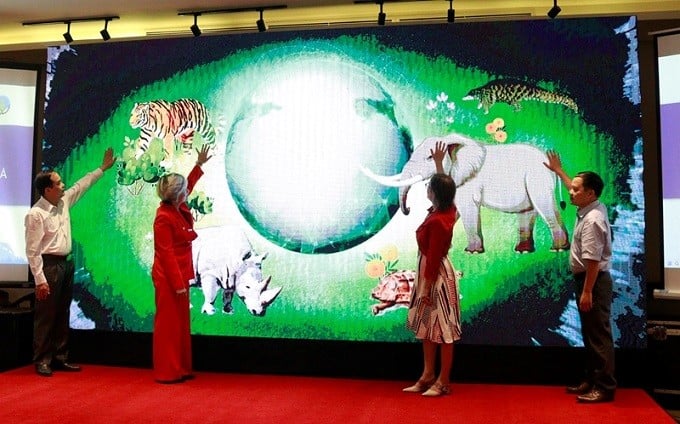 |
| Delegates perform the launching ceremony of a new set of media images aimed at reducing the demand for illegal wildlife consumption. (Source: Organizing Committee) |
According to Michelle Owen, Director of the Endangered Wildlife Project Office, the launch of the images and the participation of representatives from many agencies and organizations has highlighted the support of stakeholders as well as the necessity of reducing demand for illegal wildlife products. The participation of different sectors, such as agencies, organizations and associations in the tourism and traditional medicine industries, also sends a strong message that all parties want to see a change in society in their fields towards illegal wildlife products.
Sharing at the event, Ms. Le Thi Thu Thuy, Deputy Director of the Institute for Enterprise Development, Vietnam Federation of Commerce and Industry (VCCI) said that VCCI always integrates training courses to disseminate new regulations and propaganda images to help businesses avoid illegal trading of products originating from wild animals...
From there, businesses can understand and respond to build a good corporate image, increase competitiveness, and grasp the trend of customers increasingly wanting to use green products and support businesses that actively contribute to socially meaningful programs.
A survey by Traffic Vietnam found that 8% of 863 respondents admitted to using or purchasing products from rhinos, elephants or pangolins in the past 12 months; 8% of the sample said they intended to purchase these products in the future.
In another survey of 700 people, 5.2% of respondents had purchased freshwater turtles and tortoises for various purposes in the past 12 months, with release being the main purpose, accounting for 43%.
The consumer survey results helped identify behaviors to change and segment specific target groups for the behavior change communication initiative. These groups included practitioners of traditional medicine, domestic and international tourists, and general male and female users.
Source


![[Photo] National conference to disseminate and implement Resolution No. 66-NQ/TW and Resolution No. 68-NQ/TW of the Politburo](https://vphoto.vietnam.vn/thumb/1200x675/vietnam/resource/IMAGE/2025/5/18/adf666b9303a4213998b395b05234b6a)


![[Photo] Prime Minister Pham Minh Chinh chairs meeting on science and technology development](https://vphoto.vietnam.vn/thumb/1200x675/vietnam/resource/IMAGE/2025/5/17/ae80dd74c384439789b12013c738a045)
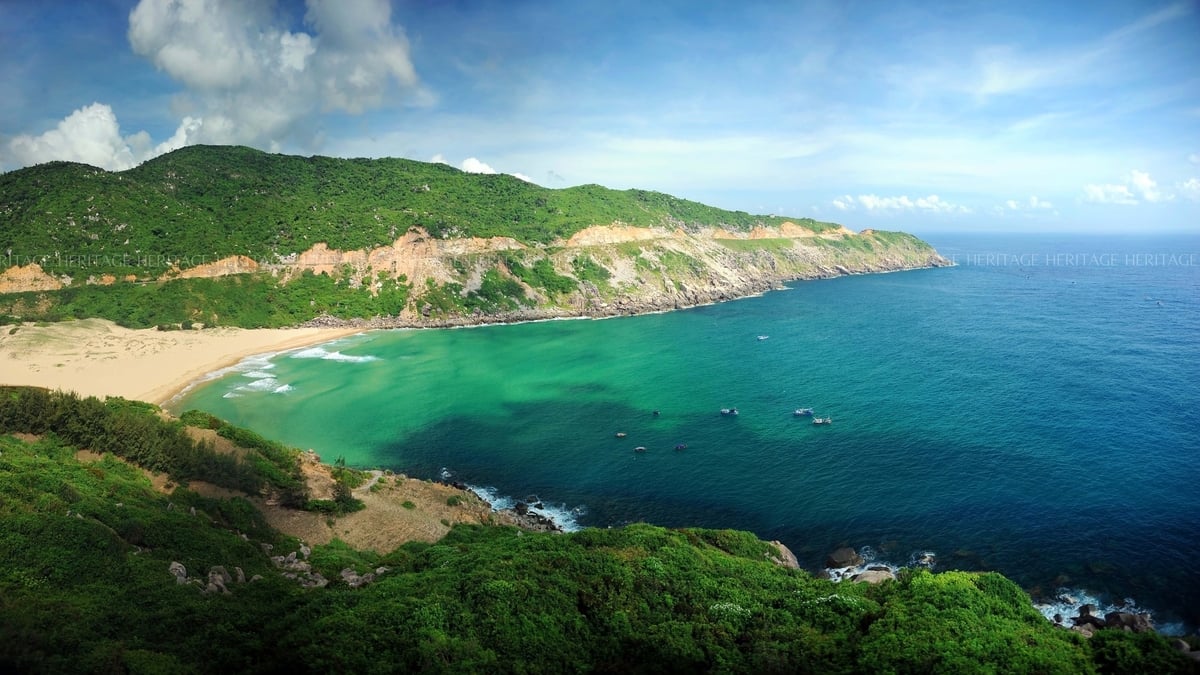
![[Photo] More than 17,000 candidates participate in the 2025 SPT Competency Assessment Test of Hanoi National University of Education](https://vphoto.vietnam.vn/thumb/1200x675/vietnam/resource/IMAGE/2025/5/17/e538d9a1636c407cbb211b314e6303fd)








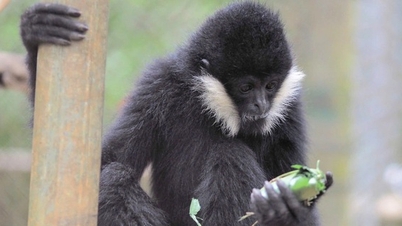











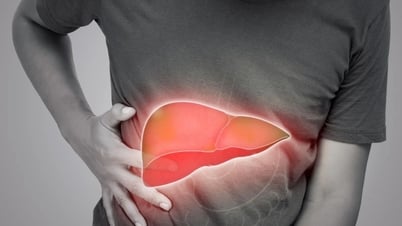





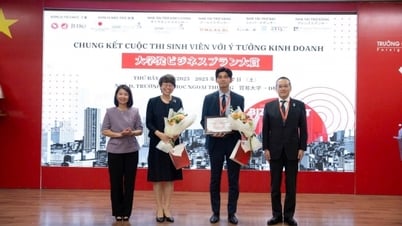


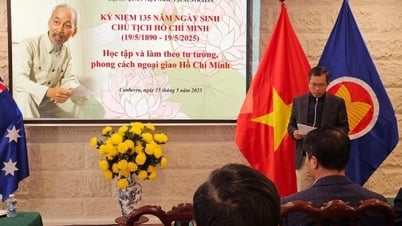

![[Photo] Readers line up to visit the photo exhibition and receive a special publication commemorating the 135th birthday of President Ho Chi Minh at Nhan Dan Newspaper](https://vphoto.vietnam.vn/thumb/1200x675/vietnam/resource/IMAGE/2025/5/17/85b3197fc6bd43e6a9ee4db15101005b)


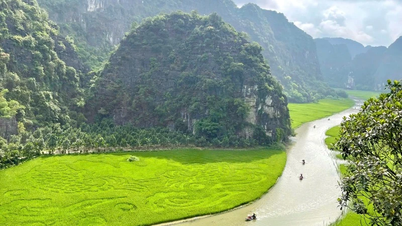

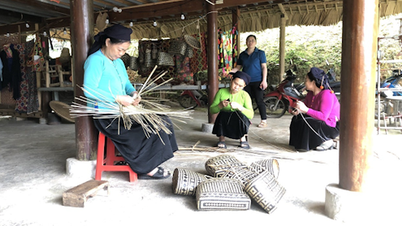







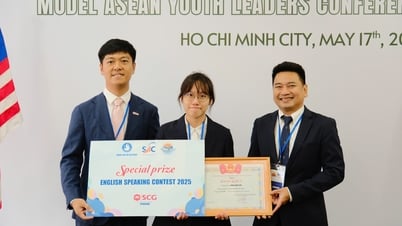
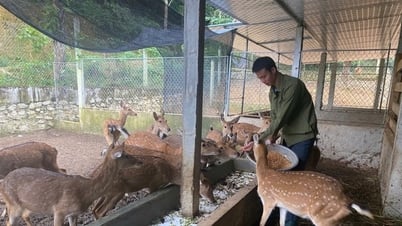



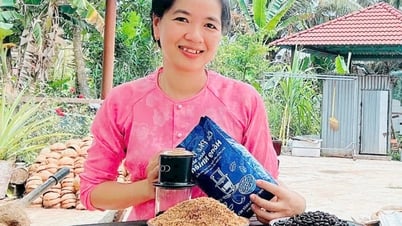

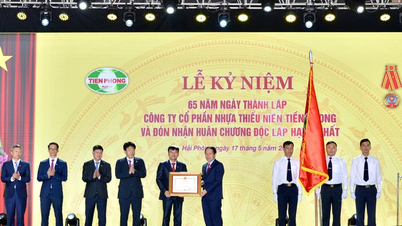





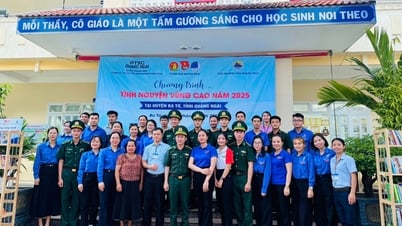
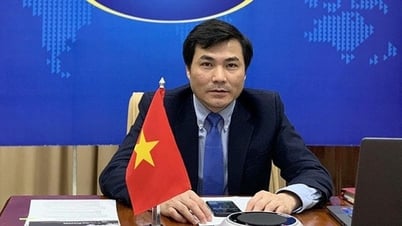
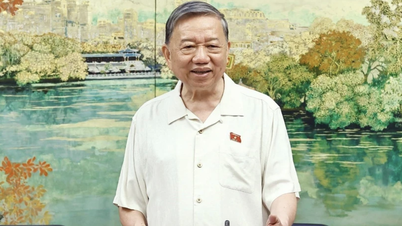

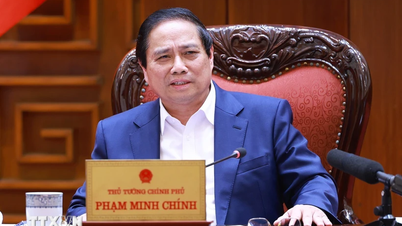
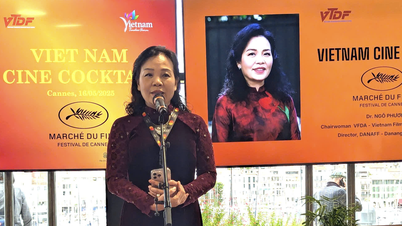

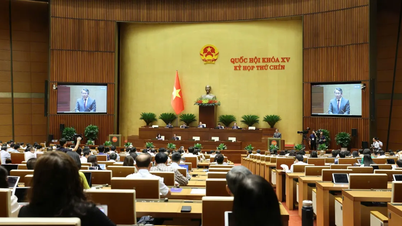
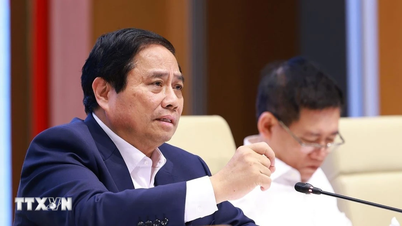


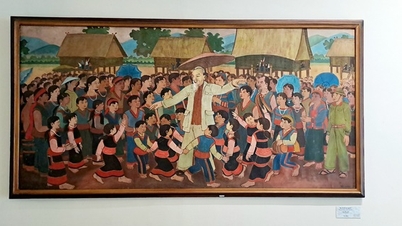
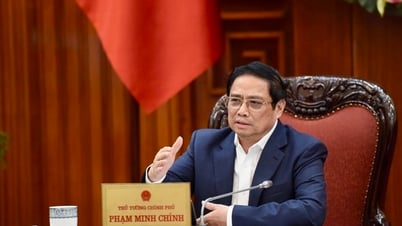
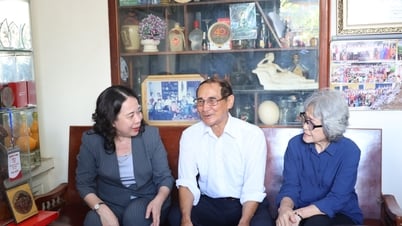

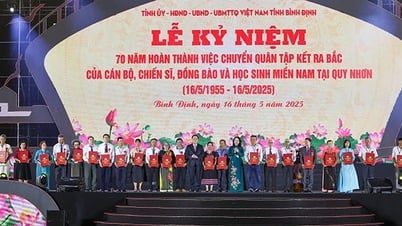
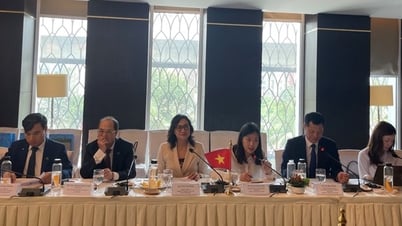



















Comment (0)